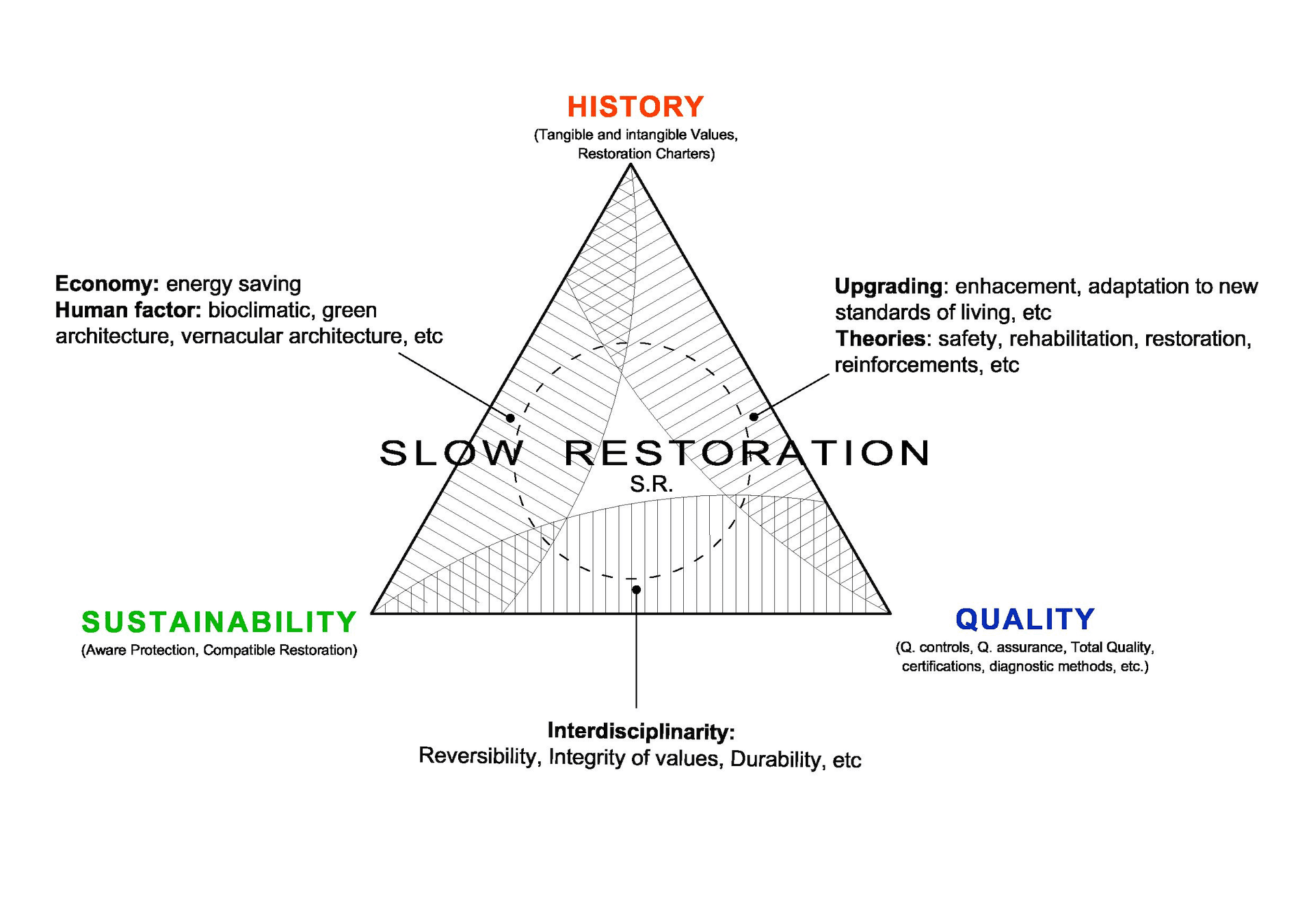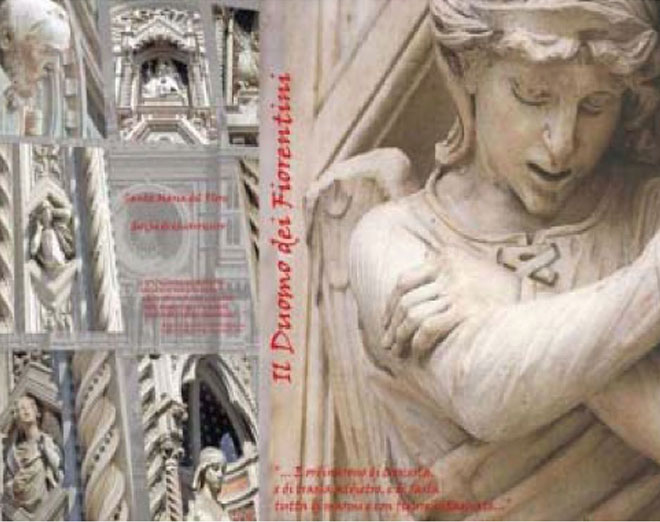Why the Biennale
The BRAU Biennial is an institutionalized place of verification and permanent confrontation on an international scale, dedicated to the most various design experiments in the field of knowledge, enhancement and architectural restoration, as well as the reorganization of the existing city.
A similar structure was missing. The Biennale indeed allows a reasoned exposition of interventions already made or ongoing, addressing themes of a cultural and theoretical nature, as well as aspects related to the use of the most innovative technologies and the evaluation of the residual characteristics of architectural heritage.
A further issue, equally important, is the one related to the re-qualification and re-invention of the architectural and urban spaces, in a perspective linked to different regional characteristics and the sostenibile use of local resources.

Technical-Cultural Setting
The Biennale project stems from a careful analysis of all aspects (cultural, social, economic and technical) that affect the implementation of the “Project existent” and that sometimes hinder a correct exchange between ideas and action, crucial to foster exchange intervention strategies able to seamlessly governing conservative and transformative processes, safeguard values, resources and documents, and corresponding to the main needs and expectations inherent in the architectural and urban heritage.
This first Biennale provides a setting and technical-cultural articulation that revolves around the management aspects, technological and financial, with highly interdisciplinary mode.
It also appears important to the character of continuity of the Biennale Project, which will provide a place for discussion and permanent and internationally update, to date no will ‘in Italy it’ abroad.
Themes of the Biennale Areas
A. Permanent maintenance projects of small towns.
The rapid changes in the European socio-economic environment and demographic and geographic transformations now increase the discrepancy between the development of human activities and the “built environment”, giving rise to different policy interventions, employees mainly from the economic realities of each country.
All issues affecting the complexity of these processes find ways and fields of experimentation to be implemented seamlessly, especially in small towns that have an interest in creating a “permanent maintenance” systems of the local housing stock.
Taking note of these needs paramount, it is necessary to put more effort for discussion and debate on an international scale, in reference to this specific topic area.
B. Global redevelopment of monumental complexes.
Work on heritage represented by the Monumental Complex, are always subject to logical and conflicting interests. Among them, the adjustment needs, even partially, to the new standards of environmental health and safety (seismic, plant, fire, etc …) which contrast with the need for conservation of the casings and structures; or the heated debate about the appropriate use of advanced technologies and / or repurposing of the past technologies.
The solutions to these and other unresolved issues can only arise from the direct comparison on an international scale faced and analyzing all aspects that affect the decision-making process.
C. Strategies for reclaiming disused buildings located in urban and extra-urban areas; industrial archeology.
Referring to the growing edification demand and the demographic and infrastructural transformations of the cities, has become substantially the search for a global strategy of the monumental buildings or reuse of abandoned industrial buildings (cinemas, theaters, buildings for the craft and industry, barracks, etc …), based on a careful and interdisciplinary analysis of the amending processes built environment.
Only through a rich set of ideas and relationships, such as that offered by an international biennial event on these issues, it is believed it will emerge strategies of “recovery”, based on interdisciplinary approaches and focusing resources and values.
D. Interventions on the modern architectural heritage.
The criteria for intervention on representative buildings of the twentieth century, are always established on the basis of questionable regulations if not totally missing, thus leaving large space for private initiative and the free interpretation.
No one imagined, moreover, have to still use reinforced concrete buildings built just after the Second World War, the duration of which should not be imagined for a period of more than twenty years; the great post-war reconstruction of the fifties had in fact undertaken in the belief that “soon we could have do everything better and with more modern technology.”
These buildings, so, today, require “cures” through consolidation and structural restoration, aesthetic improvements and plant adaptations that must be carefully regulated in relation to the financial and technological resources of each country. An international comparison of the residual potential of these buildings (safety, aesthetic, technological values, etc …) may suggest policy interventions aimed at rehabilitation of these buildings, in a sustainable way for local economies.
The various efforts that are placed in the various countries (those with scarce resources and more advanced ones) to extend the life of the “life” of these buildings, can understand the vastness of suggestions and solutions that can result from a reasoned comparison of scale extended international.
